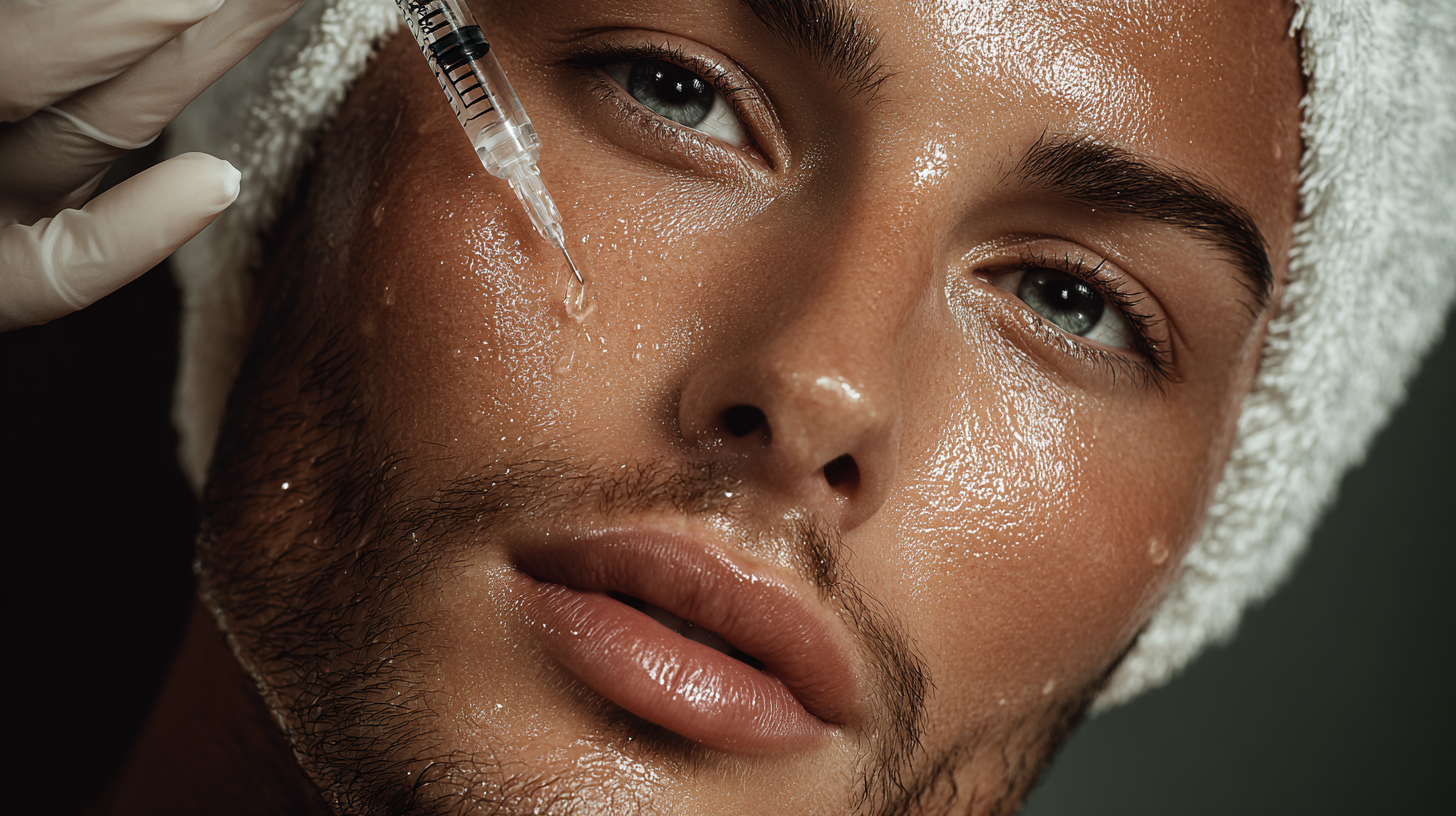Why is TPO Being Banned in Gel Nails Across Europe and What Does This Mean for the UK
The European Union is preparing to ban the use of trimethylbenzoyl diphenylphosphine oxide (TPO), a common photoinitiator found in UV-cured nail gels, from 1 September 2025. The United Kingdom, which often mirrors EU chemical classifications despite post-Brexit independence, is expected to implement a similar restriction in 2026. Although the ban may seem abrupt to those outside regulatory circles, the reasoning is grounded in toxicological evidence and the precautionary principle embedded within EU Cosmetics Regulation.
What is TPO and why is it used?
TPO is a high-performance photoinitiator used in gel nail formulations to start the polymerisation process when exposed to ultraviolet or LED light. Its molecular properties allow it to cure thick layers of gel quickly and evenly, while contributing to a stable, non-yellowing finish. It is particularly valued in professional salon systems that demand both durability and aesthetic clarity. TPO's absorption spectrum is well-suited to the 365 to 405 nanometre range of LED lamps, making it ideal for builder gels, hard gels and top coats.
The reclassification and basis for the ban
In 2023, the European Commission reclassified TPO as a Category 1B Carcinogenic, Mutagenic or Reprotoxic (CMR) substance. This decision was based on recommendations from the European Chemicals Agency and the Scientific Committee on Consumer Safety, which cited reproductive toxicity observed in animal models. A 2020 study showed that when rats were exposed to oral doses of 600 milligrams per kilogram per day, reproductive effects occurred. Although this exposure level is far higher than what a human would experience during cosmetic use, the EU prohibits CMR 1B substances in cosmetics unless no safer alternative exists and safety at the actual exposure level can be proven.
TPO does not qualify for exemption. There is no compelling data showing it to be safe at low levels for human cosmetic use, nor is it irreplaceable. Despite the lack of direct human health evidence, the classification alone mandates removal from cosmetic products under European law.
Alternatives and formulation impacts
The ban has led to rapid reformulation efforts across the nail industry. Several alternatives to TPO are now being introduced, including ethyl trimethylbenzoyl phenylphosphinate (TPO-L), bis-trimethylbenzoyl phenylphosphine oxide and methyl benzoylformate. These ingredients offer similar polymerisation activity under LED light and are not currently classified as hazardous. However, they may cure faster or generate more heat during application, which could increase the likelihood of discomfort or heat spikes for clients.
Brands must now strike a balance between regulatory compliance and performance. In some cases, curing times may need to be adjusted or lamp settings changed to prevent adverse reactions during application. Many manufacturers are also positioning their new formulations as “TPO-free” in marketing materials, although this label does not necessarily mean the product is safer in real-world use.
UK alignment and industry consequences
Although the UK is not legally bound by EU bans, it typically aligns with them, especially for ingredient classifications. The UK’s Health and Safety Executive and the Office for Product Safety and Standards have already acknowledged the EU's CMR classification of TPO. A cosmetic ban is expected in 2026.
This has several practical consequences. EU imports containing TPO will become non-compliant in the UK market once the ban is enforced, and UK manufacturers will have to stop selling or producing affected products. Salons must review their existing stock, plan to transition to compliant formulations and avoid offering banned products to clients once the deadline passes.
For independent or smaller brands, the cost of reformulation is significant. Stability testing, safety assessments and updates to product registrations all add to the burden. However, the shift also creates space for innovation, particularly in the development of new, more transparent photoinitiator systems.
Actual risk versus regulatory stance
It is important to understand that the real-world risk of TPO to consumers is extremely low. Clients and nail technicians are not ingesting or inhaling the substance, and skin contact is minimal once the gel is cured. During polymerisation, the TPO is locked into a solid structure, leaving very little active material on the nail surface. The rat study data that led to the classification involved high-dose, long-term exposure, which does not reflect how TPO is used in cosmetics.
Nevertheless, the EU takes a hazard-based approach. If a chemical has the potential to cause harm under certain conditions, it may be banned regardless of actual risk in normal use. This contrasts with the risk-based approach seen in the United States and, to a lesser extent, the UK.
Preparing for the transition
Suppliers, technicians and educators should prepare for a full transition away from TPO. Brands must ensure that reformulated products are available well before the deadline, and distributors must update Safety Data Sheets and remove non-compliant stock. Salons should review inventory, test TPO-free alternatives and prepare to adapt application methods.
Clients may ask about the change, and it is helpful to explain that it reflects a regulatory precaution rather than a known danger. Being transparent about why certain products are being phased out builds trust and supports the industry’s reputation for safety.













